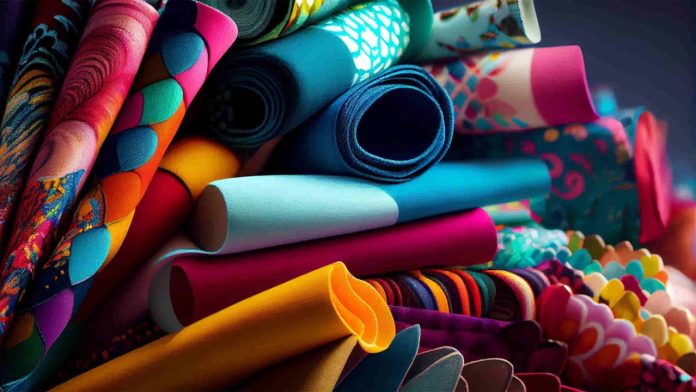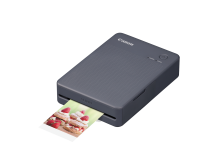Digital printing has paved the way for small and medium-sized businesses to venture into the textile industry. Gone are the days when high minimum fabric quantities were required to enter the market. With digital printing, quarter-meter goods are now readily accessible for purchase. The industry trend has been shifting towards "print-on-demand" for some time now, effectively reducing or even eliminating overproduction.
Digital printing and high-speed production
A few years ago, small designers aiming to offer their clothing in limited editions had to ensure affordability. However, digital printing has made it possible for individualized designs to be accessible to a broader audience. Nowadays, brand owners can have their fabric printed only when a piece from their collection is sold. This streamlined process ensures that the finished product reaches the end consumer within a few working days, typically 2-3 days.
The printing industry makes it possible with its innovations
In addition to high-performance machinery, the role of inks and application technology is crucial in the textile printing industry. For the past few years, druckprozess GmbH & Co. KG and STFI's "Textil vernetzt" have been conducting research on pigment inks for textile printing. Compared to conventional ink processes, pigment inks have shown significantly better results. These water-based inks have seen improvements in contrast and depth of field in recent years, rivaling surface-treated color processes. In fact, the entire process chain is shortened with pigment printing, resulting in significantly lower CO2 emissions and reduced water pollution compared to traditional methods.
Recognizing that 20% of the world's water pollution stems from the textile industry, pigment printing represents a significant milestone in enhancing the industry's sustainability efforts.
Is it contradictory to slow down the textile industry while implementing faster processes?
The textile industry has faced criticism in recent years for its fast-paced nature, with collections being introduced to the market in large quantities. If these collections are not accepted by the end consumer, they are often not recycled but instead become residual waste. This cycle of overproduction in the textile industry has been on the rise.
Digital textile printing enables the production of much smaller quantities at comparable prices. This allows for testing new collections in advance with limited quantities, effectively avoiding overproduction.
Digital printing and digitisation solve pinholes
Traditionally, the bottleneck in the textile industry has not been printing but rather the processing of fabrics. With digitalization simplifying cutting and sewing processes, the industry is also gaining momentum in these areas.
Innovative inkjet processes are driving leaner and more sustainable production practices in the textile industry. This shift is resulting in shorter supply chains, allowing small and new designs to have a significant impact in today's market.
Just-in-time productions through digital possibilities
The automation of processes has made just-in-time production feasible. Previously deemed not worthwhile, digital systems now handle tasks that were previously rejected, enabling the fulfillment of small batches with minimal risk.
These new processes also promote sustainability by avoiding overproduction and waste, allowing collections to be produced in a more targeted and diverse manner.
Digitization opens up opportunities
At drupa 2024, there will be a focus on exploring new possibilities in textile printing and the textile industry. Through touchpoint textile, a dedicated forum has been established to address a significant market segment and facilitate networking among industry participants.











